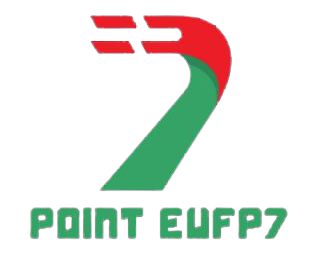Embarking on the journey of CNC milling brings both promise and consideration for costs. Understanding how much CNC milling can cost is essential for any project, big or small. In this exploration, we’ll uncover the factors that contribute to CNC milling expenses and, more importantly, share some simple tips to help you trim down those costs without compromising on the quality of your creations.
Also, the cnc milling cost varies depending on factors like material, design complexity, and machine time. So, whether you’re a seasoned manufacturer or just stepping into the world of CNC milling, let’s unravel the mysteries of expenses and discover practical ways to make the process more cost-efficient.
CNC Milling Cost and Tips
CNC milling, a powerful and precise manufacturing method, is a staple in many industries. But, let’s face it cost matters. Now, we’re diving into the world of CNC milling costs and uncovering simple tips to keep your expenses in check. Whether you’re crafting prototypes or churning out production parts, understanding how to trim the costs without compromising quality is key. So, let’s break down the factors that influence CNC milling expenses and explore practical tips to help you save some dollars along the way.
CNC Milling
Computer Numerical Control Milling, or CNC Milling, is a sophisticated manufacturing process that uses automated controllers to remove material accurately from a workpiece. Imagine a skilled sculptor, but instead of hands, it’s a computer directing the movements of a cutting tool.
This technology enables the production of complex parts with high accuracy and consistency, making it a cornerstone in various industries, from aerospace to everyday product manufacturing. CNC milling combines the precision of computer technology with the physical capabilities of milling machines, resulting in efficient and reliable manufacturing processes.
Understanding CNC Milling Costs
When it comes to CNC milling costs, material choice plays a pivotal role. Some materials are costlier than others, so selecting wisely based on your project requirements and budget is a smart move. Additionally, the complexity of your design can significantly impact costs. The fancier the design, the more it might cost. Machine time, too, contributes to expenses – the longer the machine works, the more you pay. Finally, you’re tooling choices matter; different tools come with different price tags.
Key Determinants of CNC Milling and Machining Costs
Several factors influence the cost of CNC milling and machining with 3ERP. First and foremost, the material used plays a significant role – certain materials are more expensive than others. The complexity of the design is another factor; intricate shapes and detailed patterns may increase costs.
Machine time, or how long it takes to complete the milling process, directly impacts expenses. Additionally, the choice of tools and toolpaths contributes to the overall cost. Opting for more cost-effective tools and optimizing toolpaths can help reduce expenses. The requirements of the project, including material choices and design intricacy, are key elements that influence the final cost in achieving a balance between quality and budget.
Tips to Reduce CNC Milling Costs
Opt for materials that strike a balance between suitability and cost-effectiveness. Sometimes, a more affordable option can deliver the required results without breaking the bank. Also, keep your designs straightforward. Intricate details and complex shapes can drive up costs. Simplifying your design not only reduces expenses but also streamlines the manufacturing process.
Efficient tool paths are key to minimizing machine time. Planning the tool’s journey intelligently can lead to significant cost savings. This step requires a careful evaluation of the milling process to identify opportunities for optimization. If your project involves multiple parts, consider ordering in bulk. Many CNC milling services offer discounts for larger quantities, helping you save money in the long run. While certain projects may initially seem tied to specific materials, exploring alternatives can be cost-effective.
Conclusion
Mastering the cost aspect of CNC milling involves a strategic approach. By making informed choices in material selection, design simplicity, toolpath optimization, bulk ordering, and exploring material alternatives, you can significantly reduce expenses. Whether you’re a seasoned manufacturer or a newcomer, these simple tips empower you to navigate the world of CNC milling with financial efficiency while ensuring your projects meet the desired standards.



